Do I even have to explain the importance of your car’s brakes? They are undeniably the most crucial component of your vehicle that stands between you and your safety.
Hence, seeing the brake light pop up is not something you should ignore. Take action immediately, or you will put yourself in danger.
- But exactly what does a brake warning light mean?
- What triggers it to flash?
- And what to do when it comes on?
Keep on scrolling to find out!
What Does It Mean When the Brake Light Comes on?
The brake light is mainly shown by a circle with an exclamation point, while in some manufacturers, you would see it blatantly spelling out the word “BRAKE”.
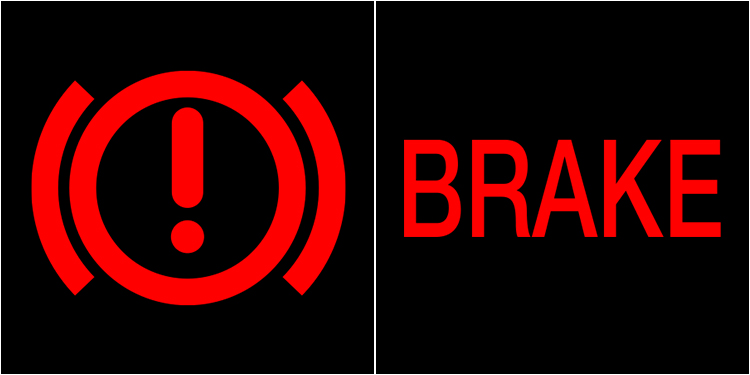
Back in the day, cars had only a single brake light. It would notify the driver of any problems related to the brake system.
Over time, the braking system was equipped with advanced techniques for informing drivers of particular issues. This is reflected in the multiple brake warning lights on the dashboard display. Each of them indicates a problem with a specific part of the system, as shown below:
Parking Brake Light
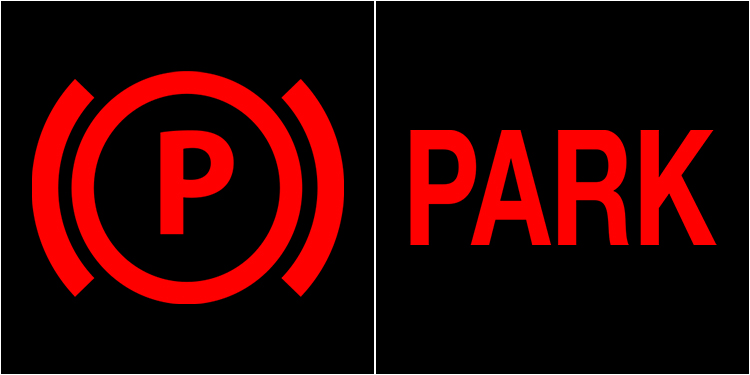
The parking brake, also known as the emergency brake or hand brake, is used for securing your vehicle when parked or stopped. When applied, the “P” symbol illuminates on the dash. However, this light soon goes off once the parking brake is released.
But, the parking brake light may sometimes remain on despite releasing the hand brake. This can occur either due to the partial release of the lever or some fault within the system.
Low Brake Fluid Level Light
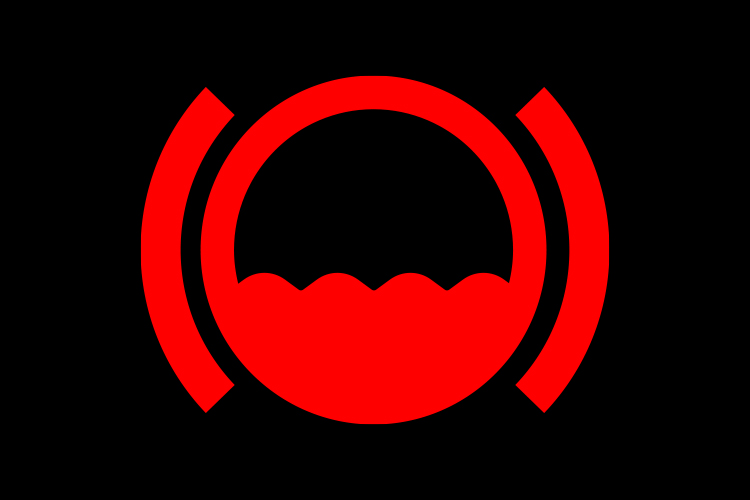
The low brake fluid level light illuminates when your brake fluid level drops below the threshold. You should check the brake fluid level in the master cylinder and top it off.
Worn Brake Pad Light
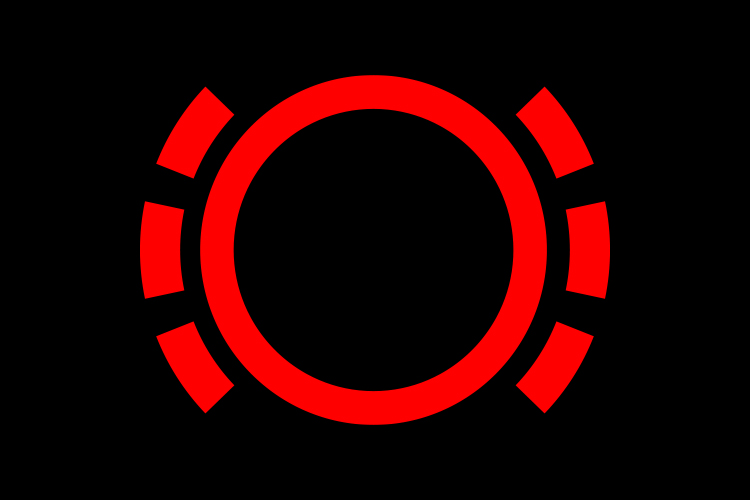
The worn brake pad light illuminates when the brake pads get too worn and need replacement as soon as possible. In older models that don’t have this indicator, the low brake fluid level light may serve as a reminder that it’s time to replace the brake pads.
Is It Safe to Drive with the Brake Light on?
No. Once the light illuminates, it indicates an issue with your vehicle’s braking system. Ignoring this warning could decrease braking performance, which could be dangerous and increase the crash risk.
Therefore, always find a safe place to pull over and follow my guide below. You can also call your breakdown service for assistance.
Why Does the Brake Light Come on?
The brake light on your dashboard is a sign that your car’s brake system is going through a tough time. From benign to critical, it can illuminate because of several reasons. The most common ones include the following:
Engaged Parking Brake
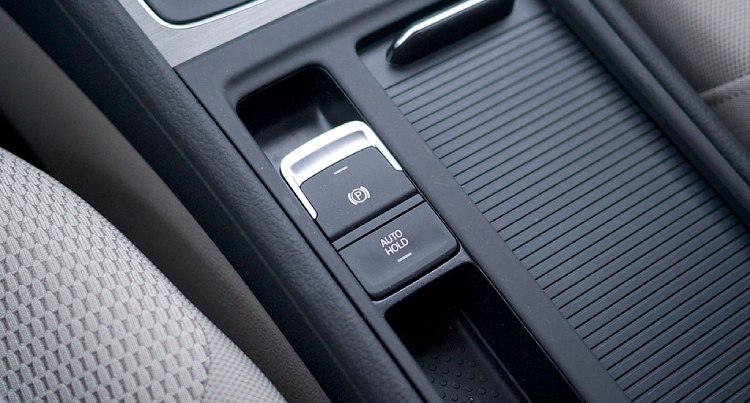
Most vehicles are equipped with a sensor to detect engaged parking brakes. If the brake is activated even in the slightest, the sensor turns the brake light on to notify you that it is unsafe to drive like this.
Simply releasing the brake all the way through is enough to fix this minor issue.
Low Brake Fluid Level
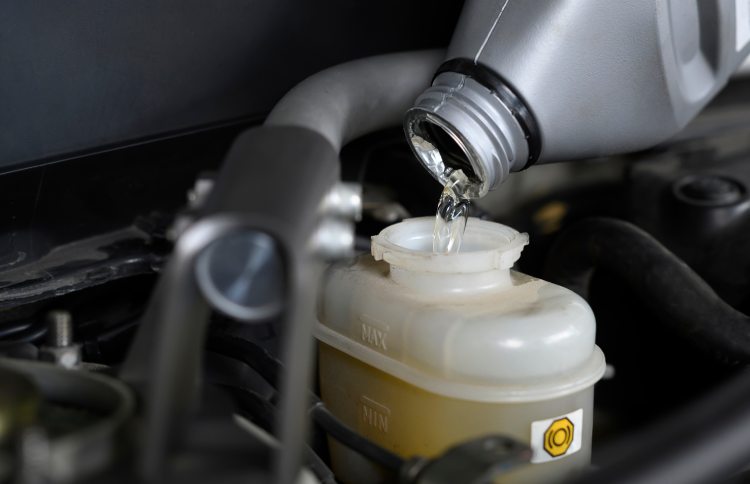
Most modern-day vehicles have a sensor that monitors the level of the brake fluid. In case the level drops below the threshold, the system will trigger the brake light to inform you.
The fix is easy: Fill the tank up, and the light will go off.
However, refilling the brake fluid is just a temporary solution. Unlike the engine oil, the brake fluid does not burn up within the system. Based on my experience working at the garage, the reason behind it is the leaking in the brake lines. Thus, take your car to an expert to fix fluid leaks. If not taken care of immediately, it can lead to brake failure.
Worn Brake Pads
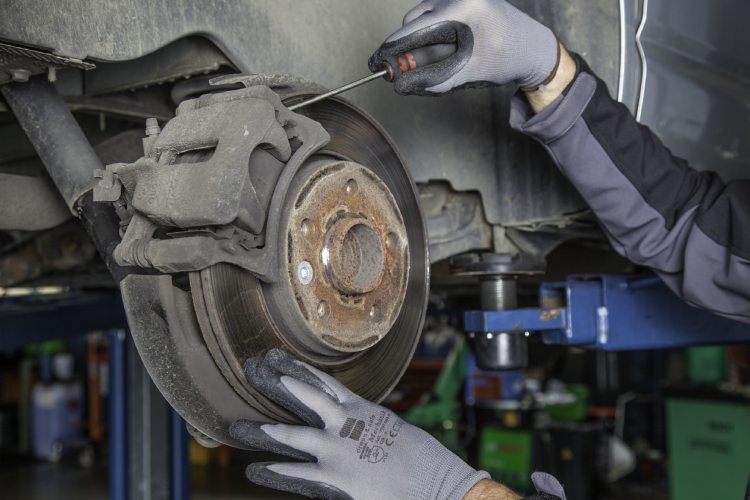
Brake pads can wear and thin out over time. This causes the piston in the brake caliper to move outwards, leaving behind a vacant space. Eventually, the reservoir’s fluid sweeps into this space, lowering the brake fluid level and causing the indicator light to switch on.
Getting your brake pads replaced is the only way to fix this problem. You can either do this yourself or take help from a professional.
ABS Malfunction
Most vehicles are equipped with the Anti-lock Brake System (ABS). Its function is to restore traction in the wheels and prevent the car from spinning out of control, particularly on slippery or wet surfaces.
ABS malfunction can trigger both the ABS light and the brake light. Common causes of ABS malfunction include low fluid levels and dirty speed sensors.
Use a scan tool to determine the actual cause of the ABS malfunction and make the necessary adjustments (I have explained this step below). When fixing the ABS, the brake light then goes off.
Defective Sensors
Numerous sensors are found in your brake system.
- Brake fluid level sensors – detect the amount of brake fluid in the reservoir.
- Brake pad wear sensors – monitor the current wear of the brake pad.
Unfortunately, these sensors become dirty or faulty with time. They might send the wrong signals to the system and trigger the brake light to illuminate.
Clean the sensor with a soft cloth. If it still doesn’t work, you might have an issue with one of its electrical components. In this case, book an appointment with a certified technician to fix the problem.
Faulty Rear Brake Light Bulb
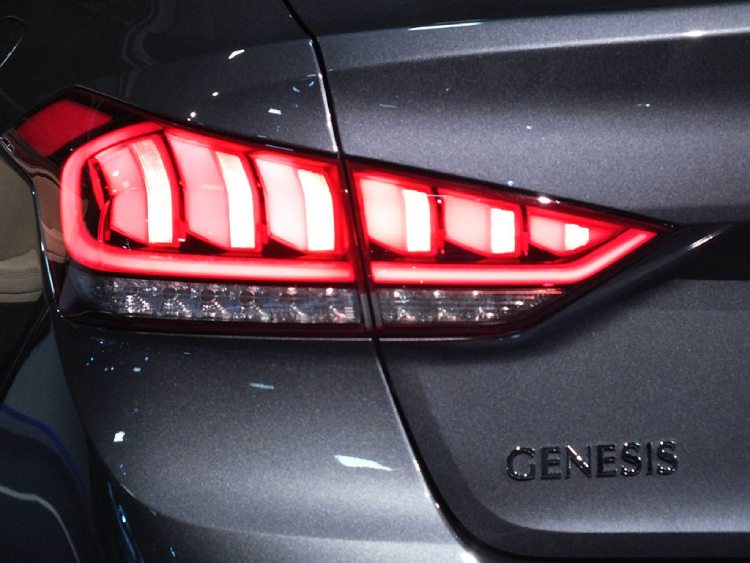
Sometimes the bulbs in the brake lights become faulty and cause the warning light to pop up. This fault can occur for many reasons, including burned-out bulbs, blown fuses, or a failing brake light switch.
Replace the brake light with a new bulb of the same type and check if the brake light stops illuminating. If it does, all is good, and you can continue driving.
However, if the light doesn’t stop flashing, the fault may lie within the electrical system. In this case, I advise you to schedule an appointment with a certified mechanic to inspect and repair the bulbs.
What to Do When the Brake Light Comes on?
Suppose you are almost halfway through your destination, but suddenly the brake light comes on. What are you supposed to do now?
First, try not to panic and instead pull over and follow these steps while keeping your head on your shoulders.

Step 1: Check the status of the parking brake
Even the slightest parking brake engagement can sometimes trigger the brake light to switch on. Thus, start pressing the release system to ensure the parking brake is fully disengaged before trying to restart the car.
If the problem persists, move on to the next step.
Step 2: Check the brake fluid level
The brake light usually comes on due to low fluid levels. Hence, before contacting a mechanic, check its level and refill it until it reaches between the maximum and minimum marks.
Try restarting the vehicle after this; if the light disappears, you are good to go!
Step 3: Using an OBD2 scanner to read the trouble codes
If the brake light stays on despite the parking brake disengagement and high fluid level, there might be another problem with your braking system. You can identify the cause of the problem by using an OBD2 scanner to read the codes stored in the car computer system. This pocket-sized device saves you time and money on car diagnosis and repair services.
In case you don’t know how to use the OBD2 scanner, check the 7-step guide.
To determine what the codes mean, search the DTC Look-up Library on the scanner or go to OBD2 Codes Lookup Tool. You will find the meaning, symptoms, causes, and how to fix the codes you have.
Step 4: Repair the broken and malfunctioning parts
Let a professional repair or replace the brake parts if you are unsure how to do it.
Step 5: Reset the brake light
Select the “Erase” function on the scanner.
After clearing the trouble codes, restart your car and drive for about 50-100 miles. Eventually, the SRS light is gone, and you solve the problem!
What’s Next?
An illuminating brake light can occur because of several reasons. Most of the time, the cause is easy to identify and solve. However, other times the problem may be hard to discern and requires a scan tool to pinpoint the cause.
Is the guide easy to follow?
If you have trouble fixing the brake light, comment below. I will try to support you.
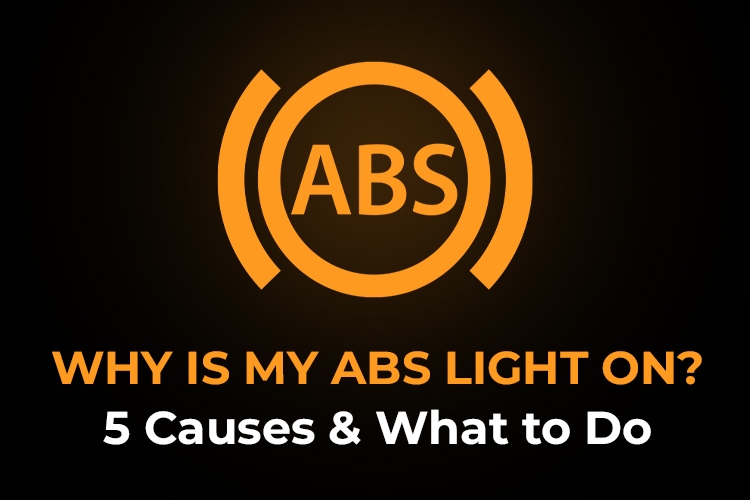
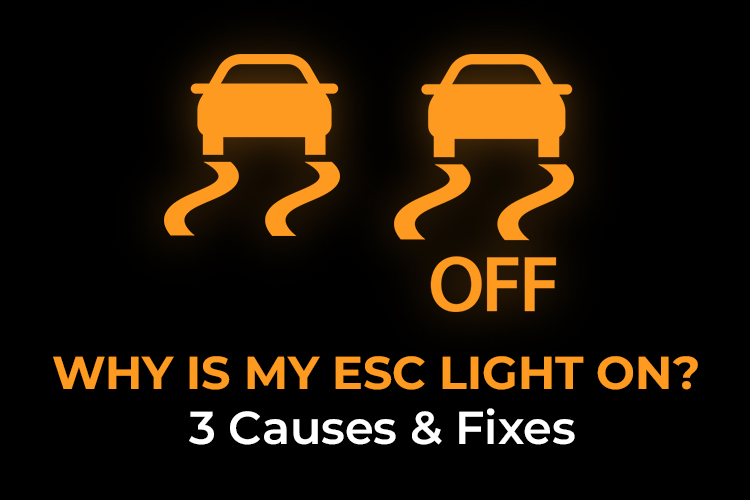
Recommended for you
Behind the Traction Control Light: Meaning, Causes, & Fixes
Service StabiliTrak: What You Need to Know
What Does the ESP BAS Light Mean? 5 Causes & Fixes